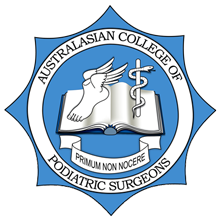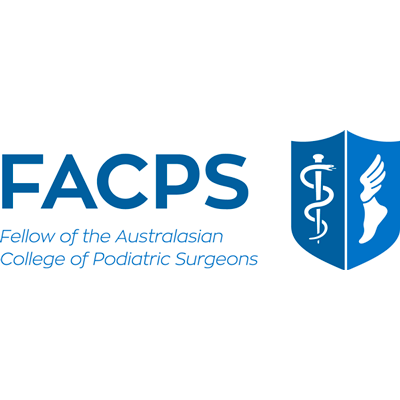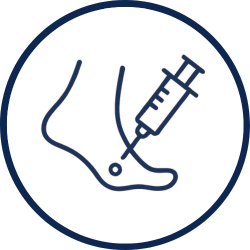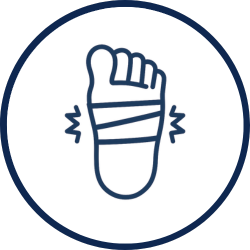Dr Damien Lafferty is a registered podiatric surgeon and podiatrist based in Sydney.
Understanding Podiatric Care with Dr Damien Lafferty
Discover the scope of podiatric services offered by Dr Damien Lafferty, including the management of foot and nail conditions. The following video provides insights into the practice’s approach to patient care and treatment options with our Sydney Podiatric Surgeon & Podiatrist.
About Dr Damien Laffery – Sydney Podiatric Surgeon & Podiatrist
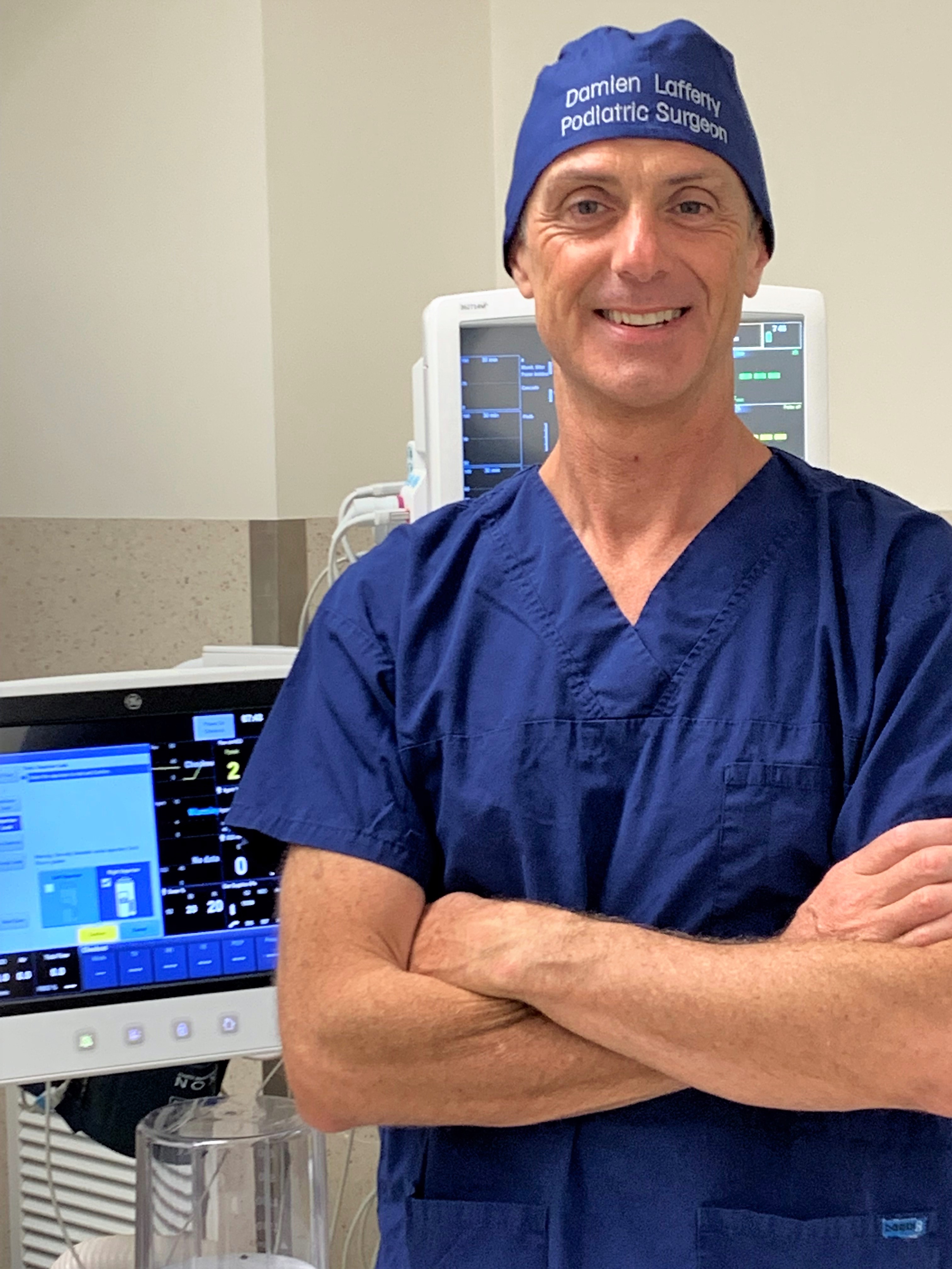
Dr Damien Lafferty is a registered Sydney podiatric surgeon and podiatrist with postgraduate qualifications and extensive experience across both public hospitals and private clinics in Australia and the UK. He provides personalised care for a wide range of foot and nail conditions, treating both adults and children.
He has a particular interest in the in-clinic management of ingrown toenails and plantar warts, procedures he regularly performs for patients of all ages. In addition to his clinical practice, Dr Lafferty has contributed to the professional development of fellow podiatrists through hands-on training and education.
Learn more about Dr Damien Lafferty’s background and qualifications

